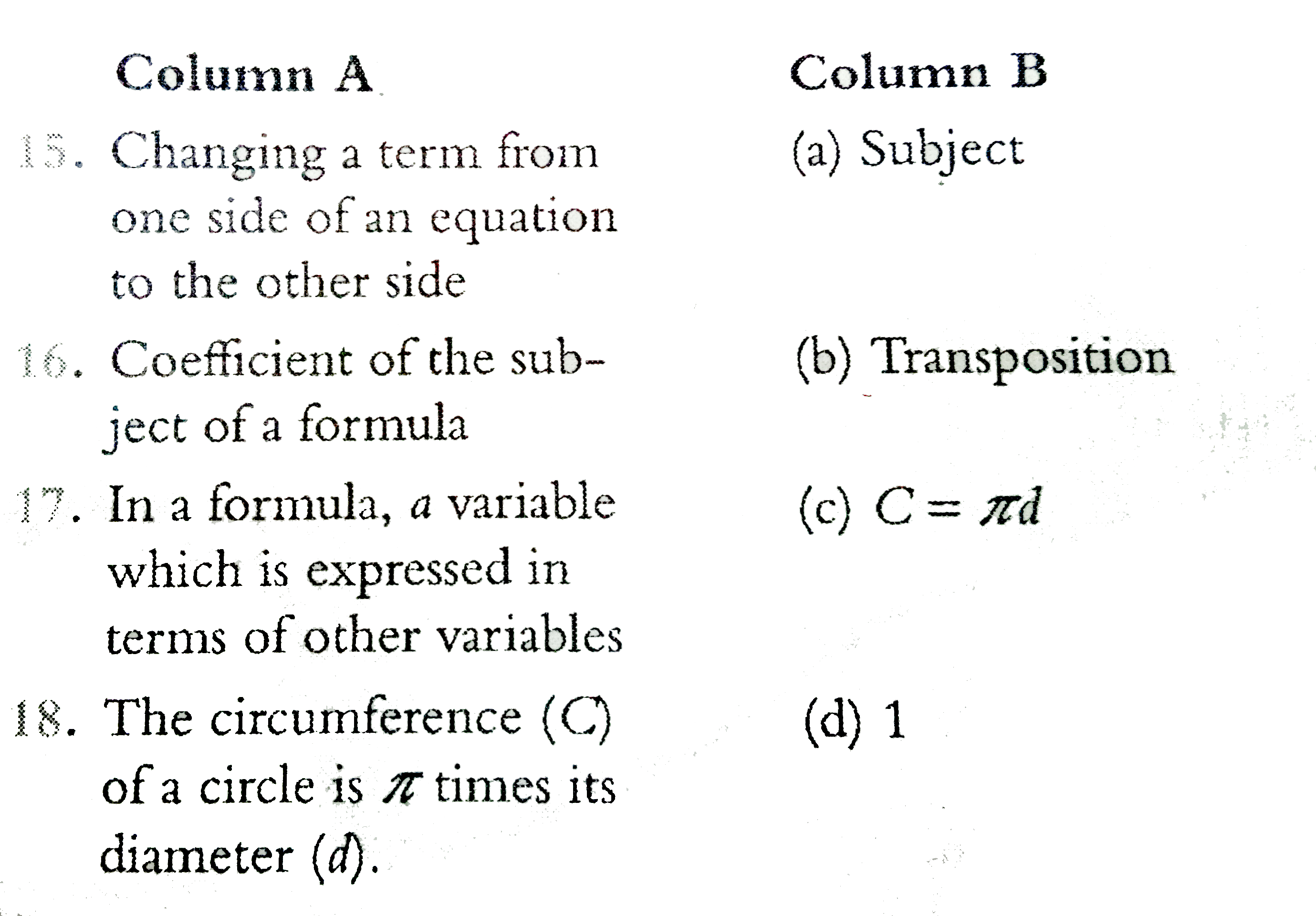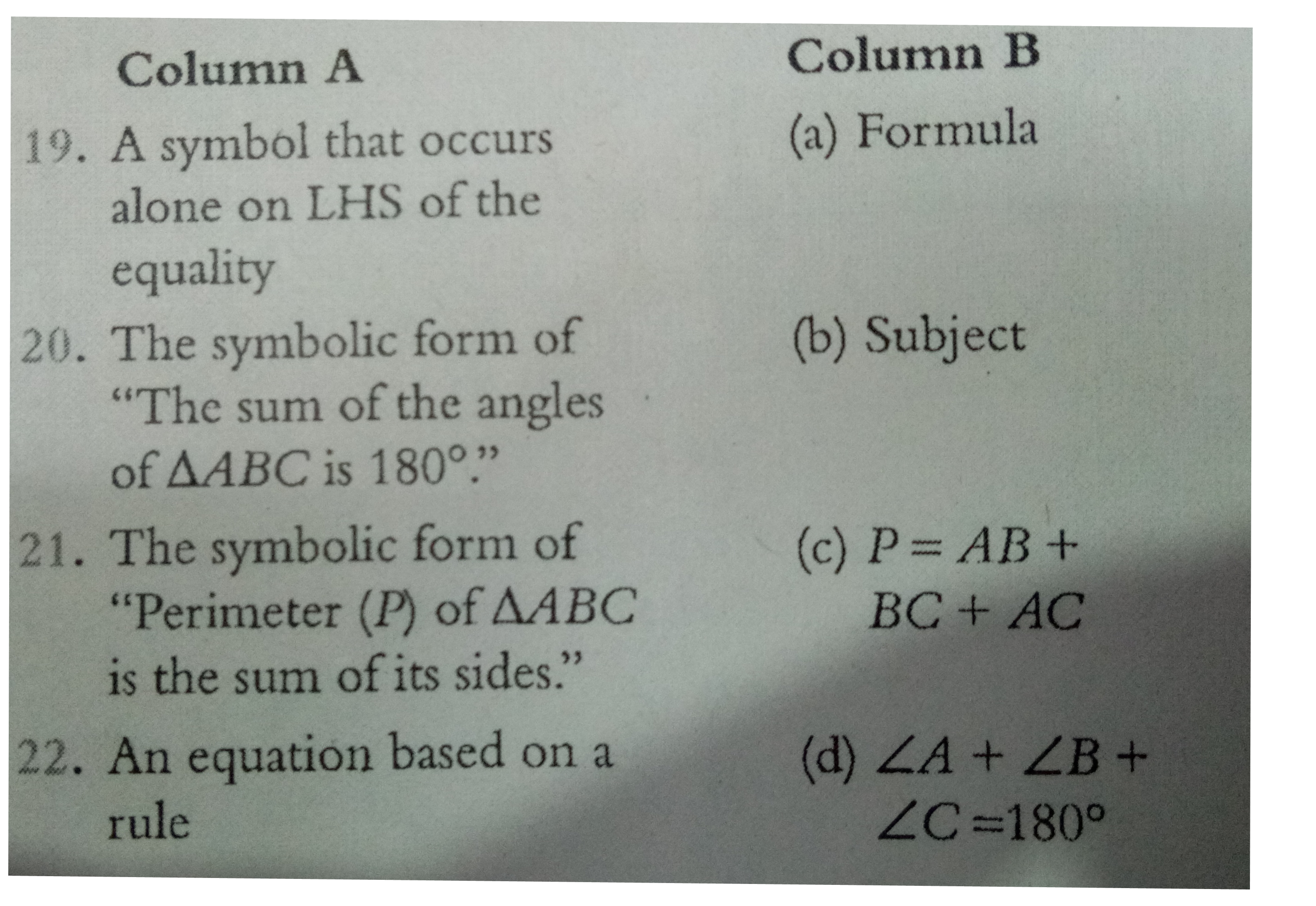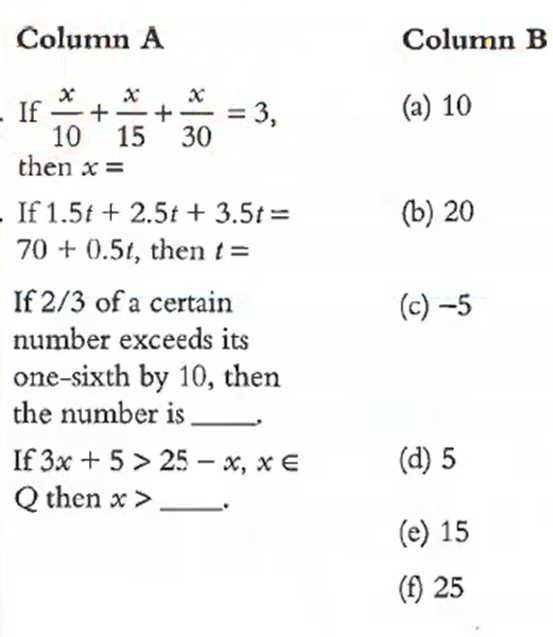Over the apst 200 working days, the number of defective parts produced by a machine is given in the following table:
 Determine the probability that tommorow's output will have
Determine the probability that tommorow's output will have
more than 13 defective parts.Solution in Punjabi
Step by step video & image solution for Over the apst 200 working days, the number of defective parts produced by a machine is given in the following table: Determine the probability that tommorow's output will have more than 13 defective parts. by Maths experts to help you in doubts & scoring excellent marks in Class 9 exams.
Updated on:21/07/2023Topper's Solved these Questions
Similar Questions
Define a trial.
View SolutionWhich of the following expressions are polynomial
x2−5x+7
View SolutionThree angles of a quadrilteral are respectively 50∘ and 110∘ and 100∘ . Find the fourth angles.
View SolutionOver the past 200 working days, the number of defective parts produced by a machine is given is given in the followig table.

Determine the probability that tomorrow's output will have
View SolutionHow many lines of symmetry does the above figure have ?
View SolutionDetermine the point of symmetry of a regular hexagon.
View SolutionDtermine the images of the following figure about the given line :
View SolutionMatch the following Column A to Column B

View SolutionMatch the following Column A to Column B

View SolutionMatch the following Column A to Column B

View SolutionThe area of the shaded part in the figure given below is ______.

View SolutionThe inequation represented by the graph given below is :
View SolutionThe inequation that best describes the graph given below is _________
View SolutionThe inequation that best describes the following graph is _________
View SolutionWhich inequations represent the shaded region in the given figure
View SolutionOver the past 200 working days , the number of defective parts produced by a machine is given in the following table :

From these days , one day is chosen at random . What is the probability that on that day , the output has
(i) no defective part ?
(ii) at least 1 defective part ?
(iii) not more than 5 defective parts ?
(iv) more than 5 , but less than 8 defective parts ?
(v) more than 13 defective parts ?
View Solution
